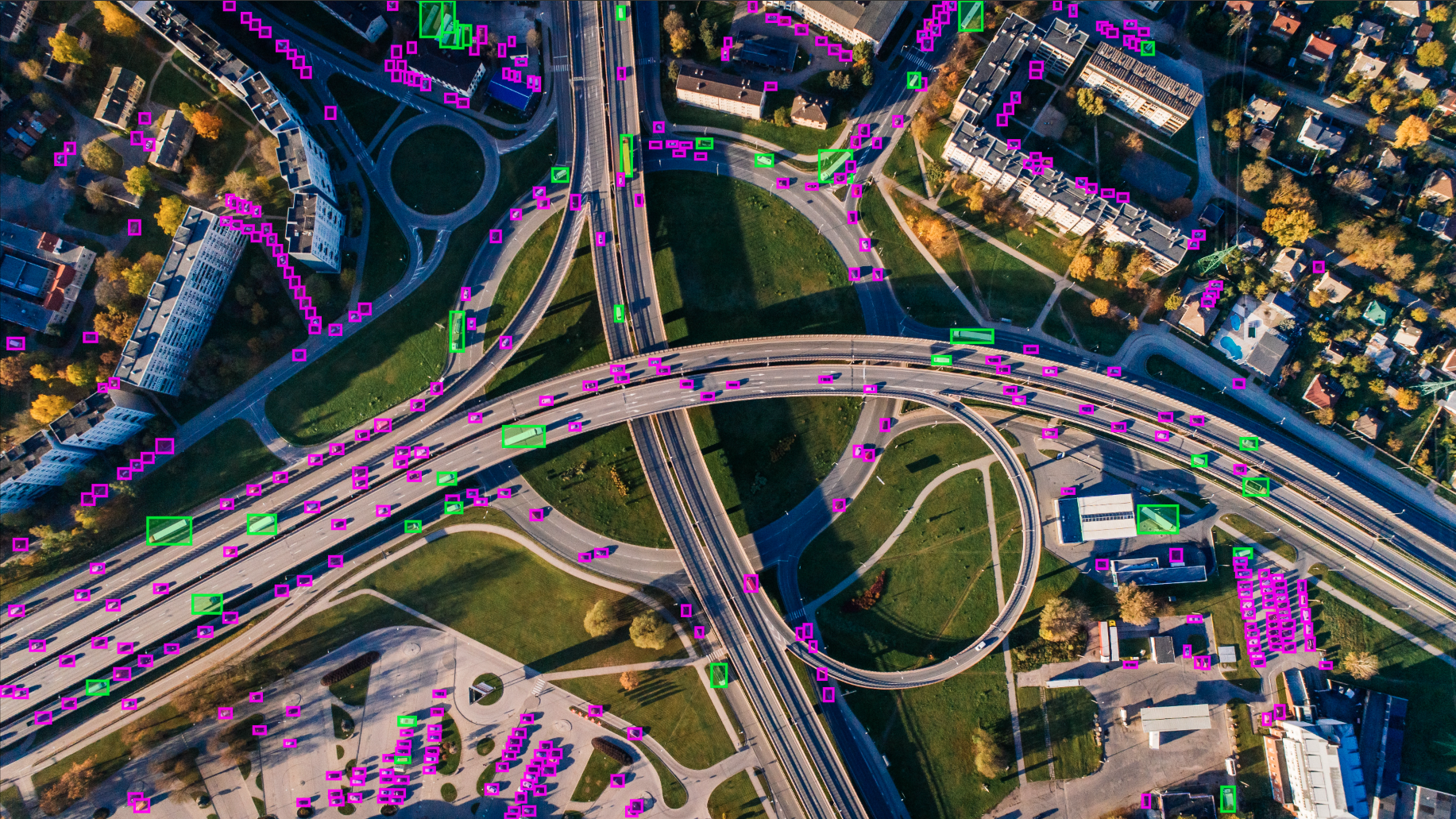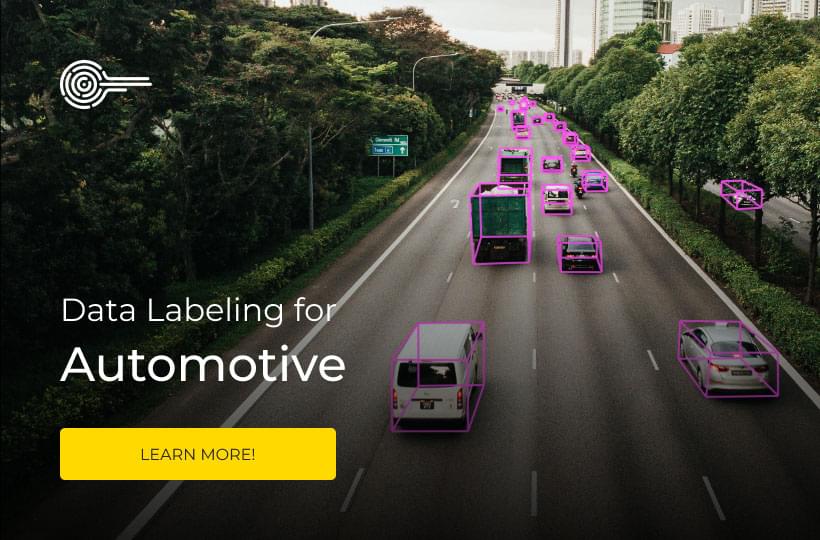Image Annotation in Focus
The continued development of cutting edge AI technology is dependent on precisely annotated training images. Image annotation creates the raw materials that enable potentially transformative AI use cases across virtually all sectors of the global economy.
The process of AI development often begins with human annotators applying a range of annotation techniques to digital images, via specialized annotation platforms. This data is then used to train computer vision based AI models, allowing them to recognise objects, navigate safely, and interpret the world around them.
Data that is labeled imprecisely will inevitably lead to suboptimal performance in final models. For computer vision innovators the success of their systems relies on reliable access to image annotation. To guarantee that this supply keeps pace with their development schedules many companies are now turning to professional image annotation services, like Keymakr.

This blog will look in detail at a variety of image annotation techniques and show how they are usually deployed. It will then focus on how one industry is beginning to deploy AI models with the aid of image annotation. Then we will examine some of the challenges that face AI companies when it comes to securing the training images that they need. And finally we will show how experienced annotation providers are meeting these growing needs.
Image annotation techniques
The first step towards creating an effective image dataset for AI training purposes is selecting an image annotation technique. This selection will decided based on the type of information that the annotation process needs to capture, and therefore depends on the specific needs of each computer vision project:
- Bounding box annotation: Bounding boxes are the most common annotation type. Annotators simply place a box around an object, allowing models to recognise whichever object they designed to target.
- Polygon annotation: Polygon annotation is used to define irregular or unusual shapes. Annotators connect small lines around a given object allowing its shape to be understood in granular detail.
- Semantic segmentation: Semantic segmentation divides images in groups of pixels that correspond to real-world categories. In this way images can be split into classes, such as: animal, field, sky etc.
- Instance segmentation: Instance segmentation can identify each individual instance of every object category. For example each individual sheep would be defined in an image of livestock.
- Skeletal annotation: Skeletal annotation means attaching lines to bodies of humans and animals, joined at points of articulation, like knees, shoulders etc. This enables AI models to understand movement.
- Key points annotation: Identify and mark the key points of any object. For example, eyes, nose, and lips on a human face.
- Lane annotation: This allows image annotators to capture the shape of linear features like roads, and train tracks.
Industry applications: oil and gas extraction
The above annotation techniques can be combined and applied to image sets that accurately capture the most extreme or complex of real world environments. One industry defined by difficult and dangerous environments is oil and gas. The sector is beginning to deploy AI equipped systems in a number of contexts to help improve production and worker safety:
- Detecting defects and preventative maintenance: Defective machinery can lead to long delays for oil and gas operations. It can also contribute to accidents that can have long lasting impacts in this vital global industry.
Computer vision models can ensure that defective parts do not end up being used by catching them at the production stage. AI applications can also spot machinery that is in need of maintenance or replacement, recognizing potential issues that may be missed by the human eye.
These exciting use cases are made possible by image annotation that labels machine parts and allows machine learning models to identify defects in the real world. - Workplace safety monitoring: Safety is of paramount importance for oil and gas extraction operations. Failure to comply with safety regulations can lead to dangerous situations for workers.
AI models can help to improve safety at extraction sites by monitoring images and identifying instances of unsafe conduct or incorrect safety equipment.
This can give managers early warning of potential accidents and improve safety for workers overall. Annotated images of oil and gas workspaces form the training datasets for this important technology.
The challenges
As has been shown image annotation techniques help AI innovators to transform and improve industries. However, creating high-quality datasets at the scales that AI projects need can be a daunting challenge for companies of all sizes. Management is a significant burden when it comes to creating an in-house annotation process.
Senior members of staff may find themselves devoting a significant amount of time to the administration and management of large data annotation teams. Creating and managing a training program entails a great deal of time and attention. This has the potential to divert resources and expertise that could be more profitably used for research & development.
Using cheaper crowdsourcing for image annotation can also have significant downsides. Data quality is often lacking: crowdsourced workers lack expertise and tend to make more errors, particularly when the tasks required are more complex. These errors need to be rectified through quality assurance and this equals money and time.
It is difficult to identify and rectify mistakes with a crowdsourced workforce. Remote workers may not be devoting their full time to a project. This can impact the quality of the labels being produced and could make scaling up data needs a challenge.
Professional image annotation solutions
Affordable, precise image annotation is at the core of most successful computer vision AI projects. In order to overcome the challenges of intensive dataset creation many companies are choosing to outsource their image annotation workload to experienced service providers, like Keymakr.
Keymakr’s teams are familiar with the full suite of image annotation techniques, and Keymakr’s experienced managers can keep annotation projects within tight deadlines and budgets. Our proprietary technology also supports efficient and accurate annotation, guaranteeing high quality image data for any machine learning project. Contact a team member to book your personalized demo today.
